The Su-15 was an early attempt at an all-weather jet-powered interceptor. Its development was ordered by the Soviet government in March 1947, with the approval of the Sukhoi Design Bureau’s preliminary midwing design featuring a pressurized cabin, radar, swept wings and tandem engines, similar to that already attempted by the Lavochkin La-200 and Mikoyan-Gurevich I-320. Per TsAGI, the sweep of the wings was selected to be 35 degrees. The first prototype was completed on 25 October 1948 — only four months after production had started. The Su-15 first flew on 11 January 1949 piloted by Sukhoi test pilot G. M. Shiyanov. In testing, Su-15 reached 1032 km/h (557 knots, 641 mph; Mach 0.888) at 4,550 metres (14,930 ft) and 985 km/h (532 knots, 612 mph; Mach 0.926) at 10,950 metres (35,930 ft), but experienced excess vibration at speeds in excess of Mach 0.87. During 39th flight on 3 June 1949, the aircraft developed severe vibration, forcing the test pilot S.N. Anokhin to eject. The exact cause of the accident was never determined. At the time of the accident, 90% of the flight test program had been completed, over the course of 42 flights with a total flight time of 20 hours, 15 minutes. The program was subsequently terminated, and the second prototype was not completed.
The Su-15 was an all-metal mid-wing monoplane with a 35° swept wing. The aircraft had several very unusual design features. Its twin Klimov RD-45 engines were positioned in tandem rather than side-by-side, due to their large diameter. The front engine sat low with exhaust under the middle of the fuselage. The rear engine nozzle was at the tip of the aft fuselage. The cockpit had to be offset to the left to make room for the air intake ducting for the rear engine (I kept this one on the centerline to prevent balance problems).
Specifications
General Characteristics
- Created On iOS
- Wingspan 43.6ft (13.3m)
- Length 44.0ft (13.4m)
- Height 14.2ft (4.3m)
- Empty Weight 13,371lbs (6,065kg)
- Loaded Weight 23,944lbs (10,860kg)
Performance
- Power/Weight Ratio 1.407
- Wing Loading 54.8lbs/ft2 (267.6kg/m2)
- Wing Area 436.9ft2 (40.6m2)
- Drag Points 2295
Parts
- Number of Parts 40
- Control Surfaces 5
- Performance Cost 252

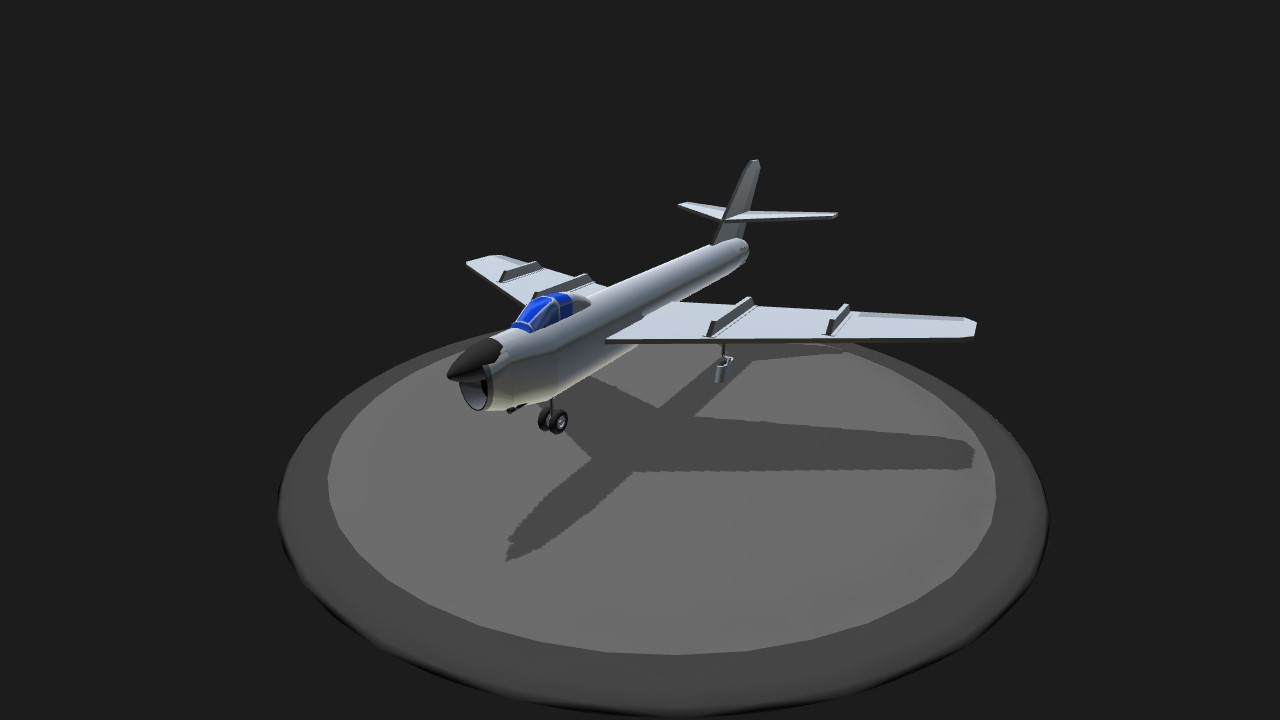
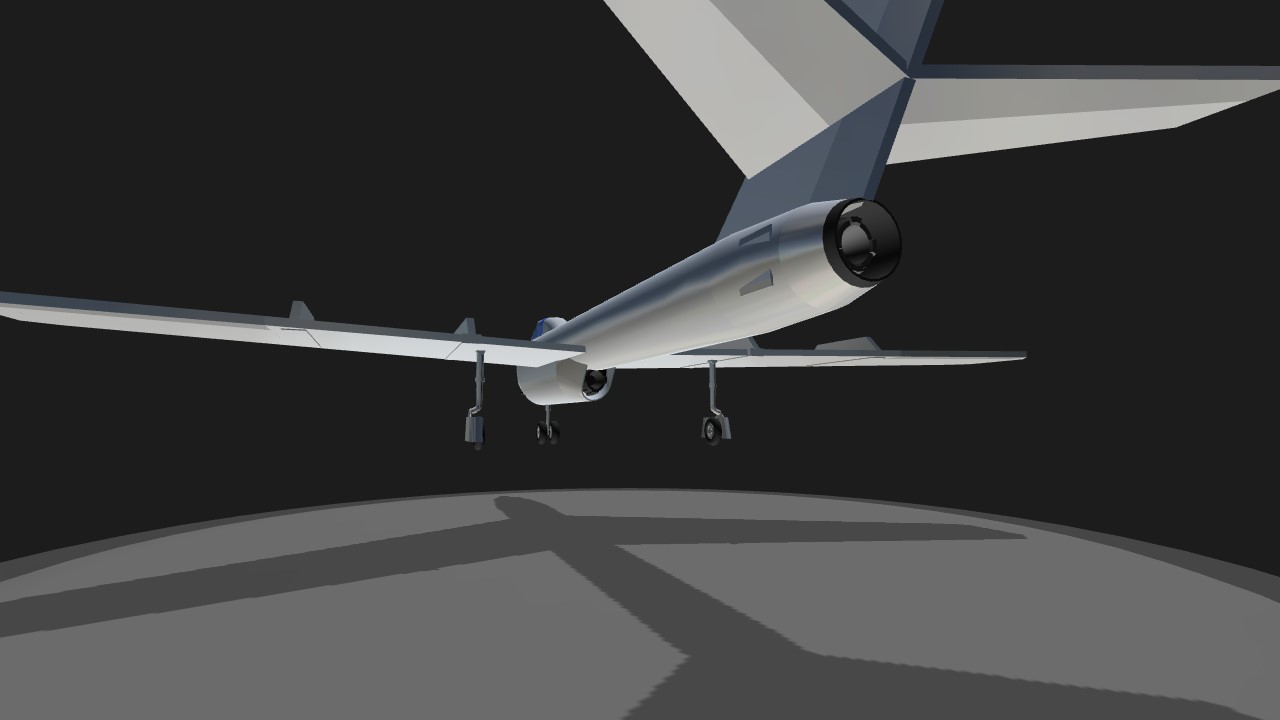
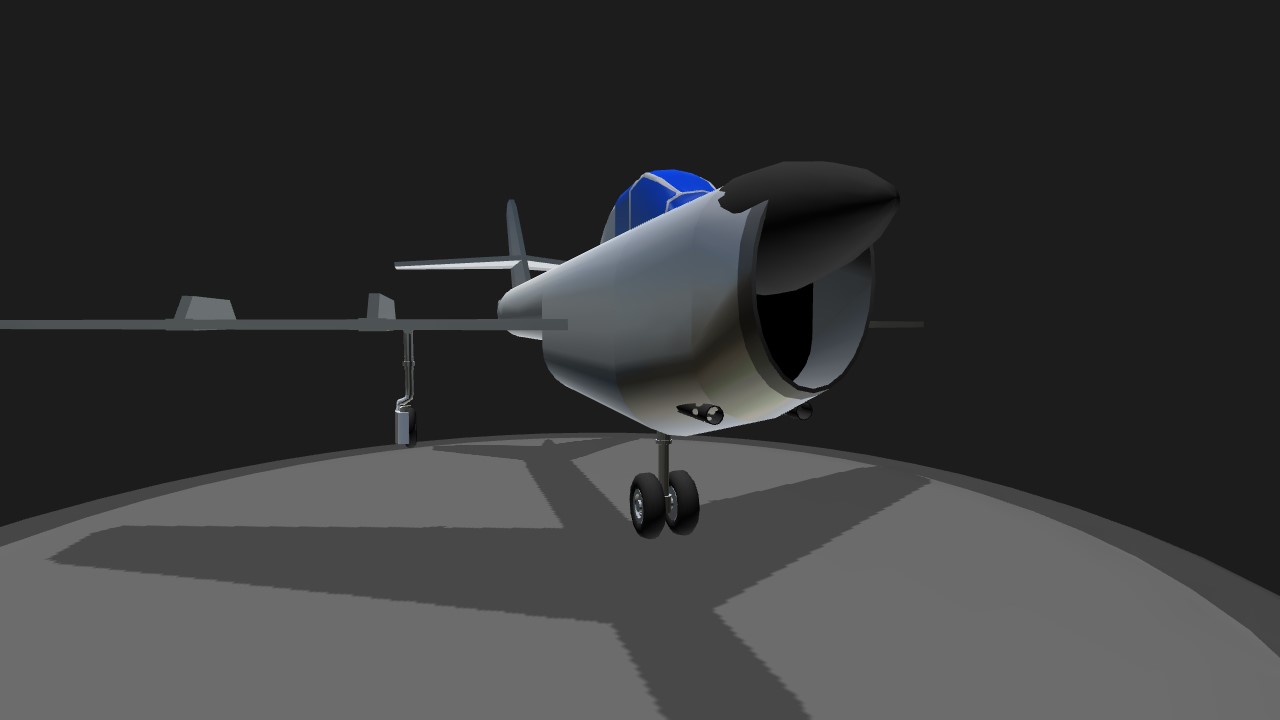
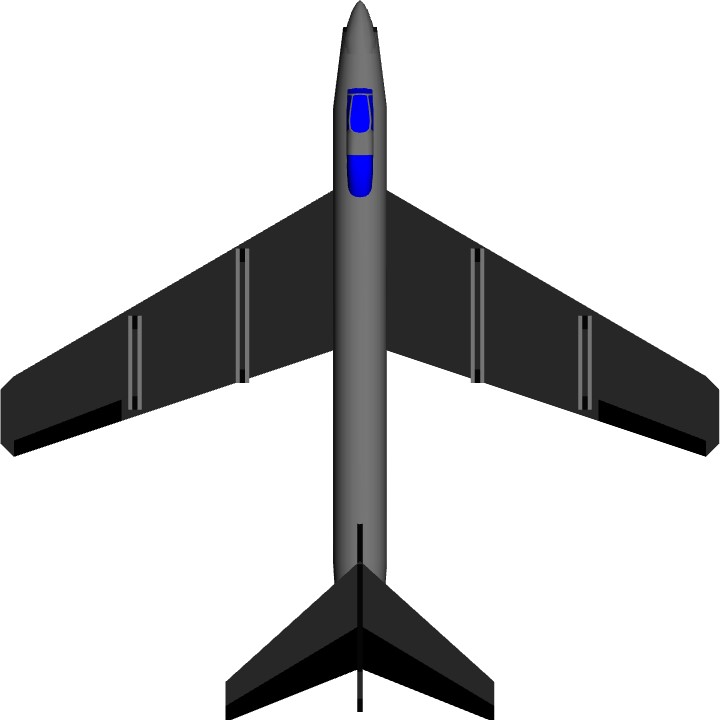
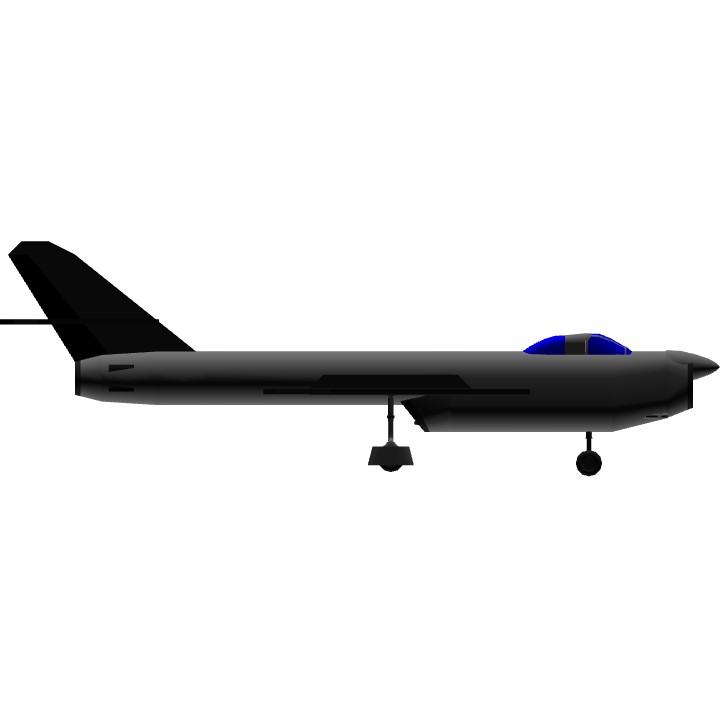

@Strikefighter04 Ikr. Could have been an excellent fighter.
Nice story. That's kinda sad.